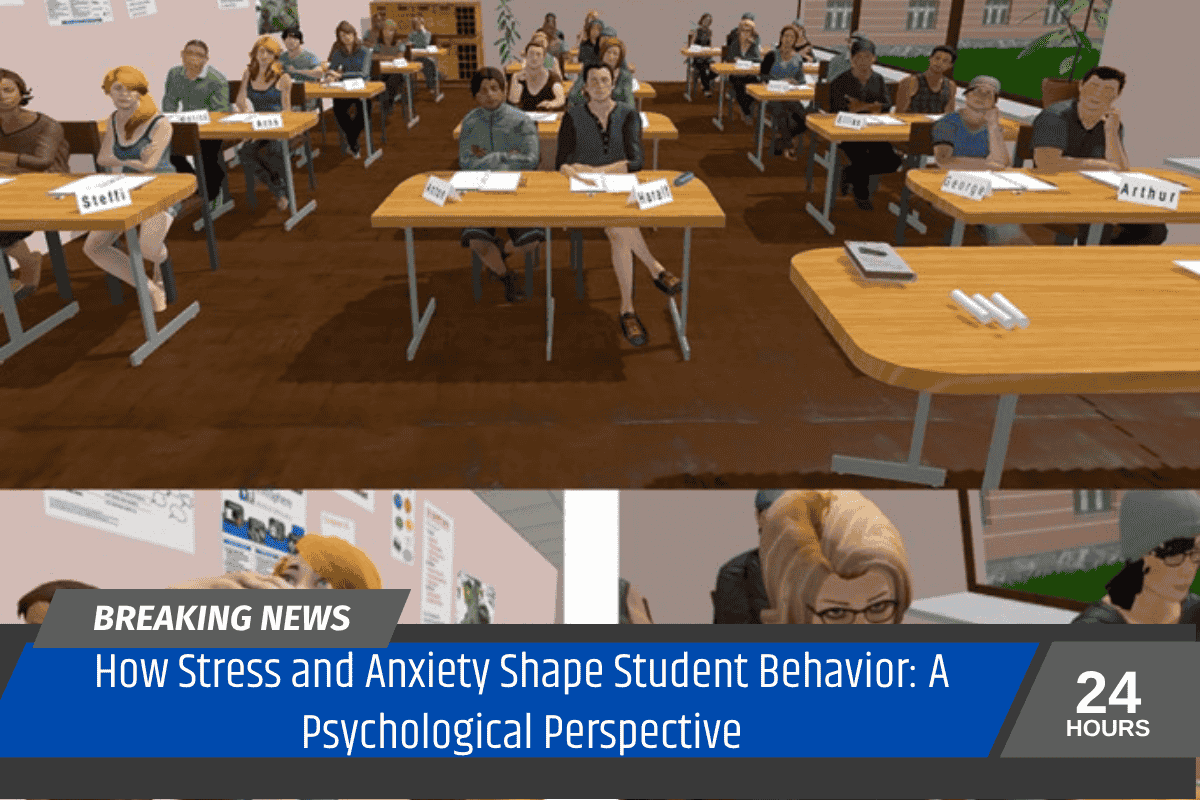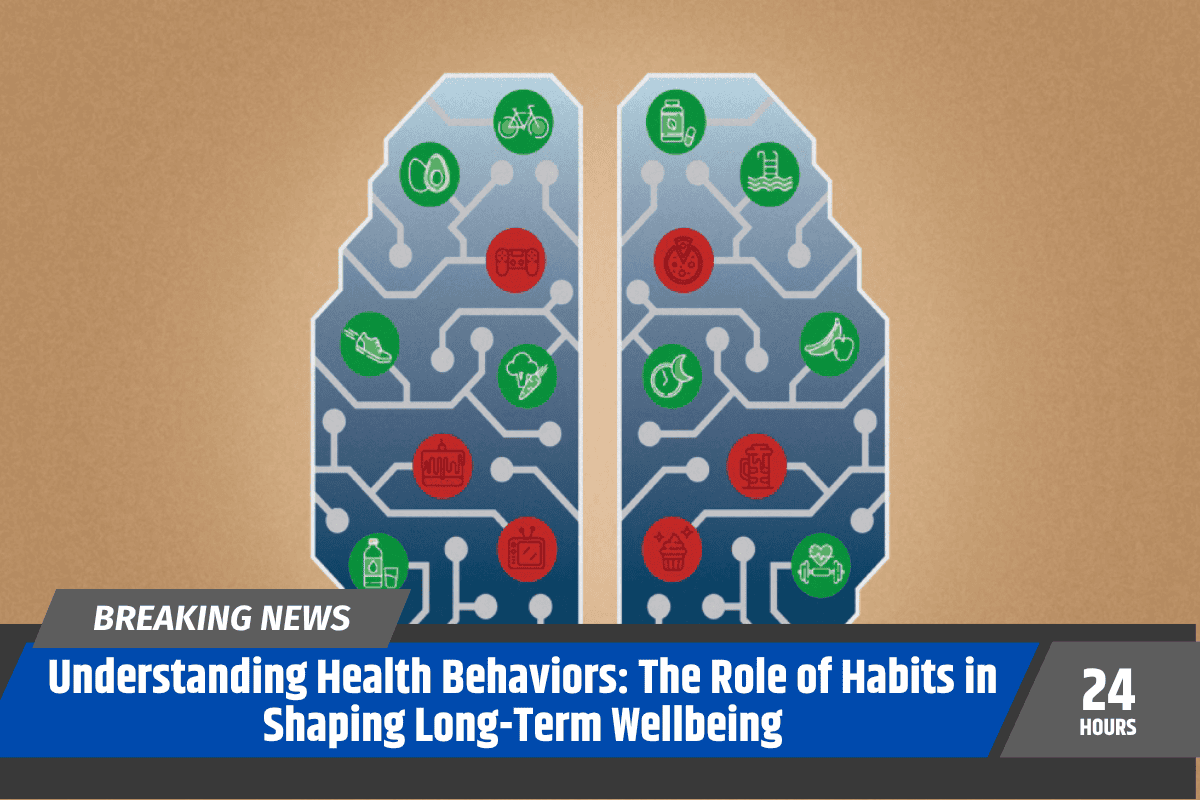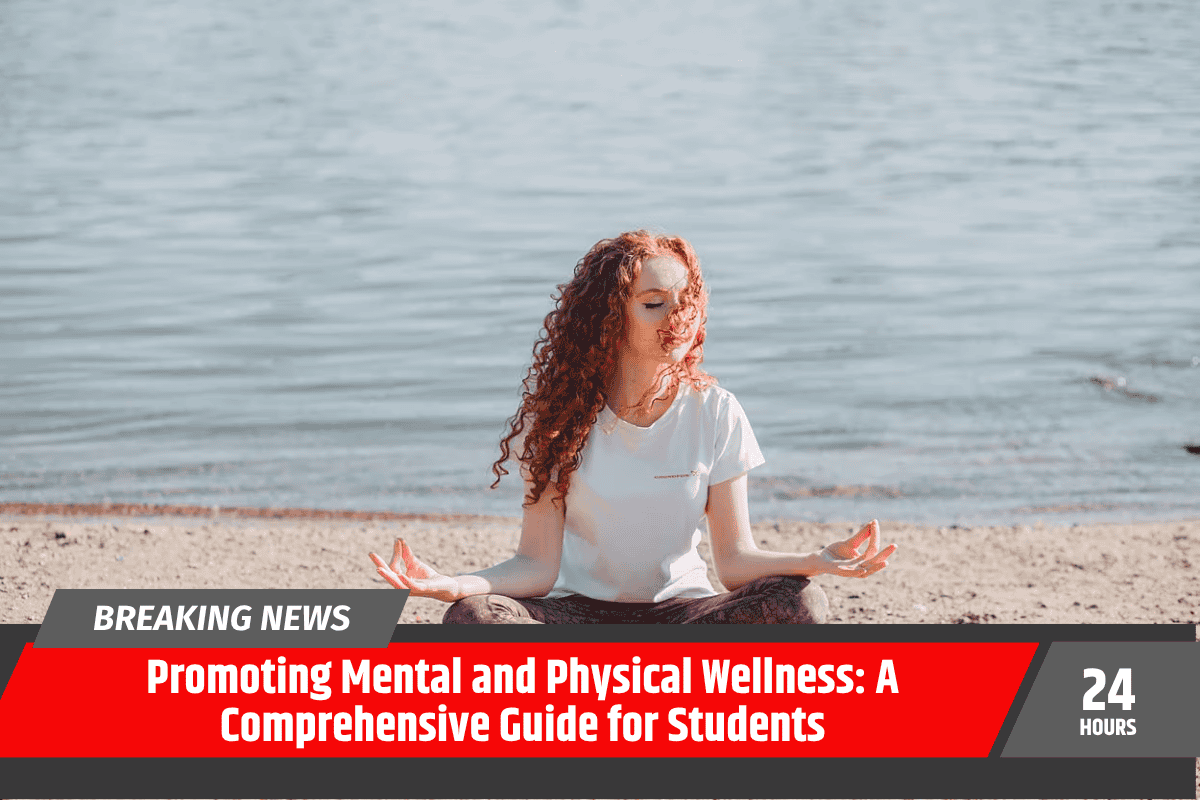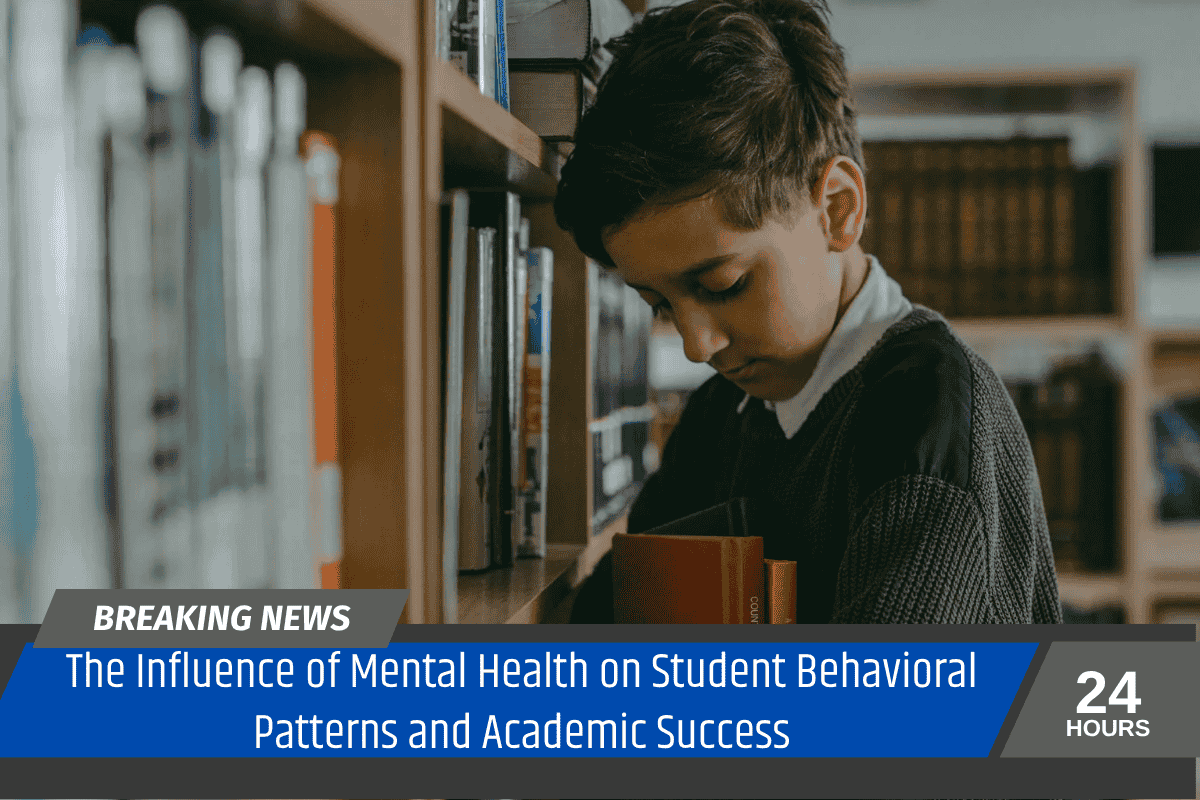In today’s fast-paced world, students face many pressures, ranging from academic demands to social expectations. Stress and anxiety are common emotions that students experience throughout their academic journey.
While these feelings are natural, they can significantly affect a student’s behavior, mindset, and overall well-being. Understanding how stress and anxiety shape student behavior from a psychological perspective is important in helping students cope effectively.
The Nature of Stress and Anxiety
Stress and anxiety are emotional responses to perceived challenges or threats. Stress is often triggered by external factors, such as exams, assignments, or personal issues, while anxiety is typically a feeling of unease or fear about something that may or may not happen in the future.
Though both stress and anxiety can be helpful in small amounts – motivating students to perform well – excessive or chronic stress can have negative effects on students’ behavior and mental health.
How Stress Affects Student Behavior
When students face stress, their bodies release hormones like cortisol, which can make them feel tense, restless, or anxious. Chronic stress, however, can lead to serious behavioral changes. Students under constant stress may begin to show signs of irritability, mood swings, or frustration.
They might become withdrawn, avoiding social interactions or withdrawing from their academic responsibilities. These students may also show difficulty concentrating or staying focused on tasks, as stress reduces cognitive abilities.
Furthermore, students experiencing stress often show poor time management skills. This is because the constant feeling of being overwhelmed can make it harder for them to prioritize tasks effectively. As a result, they may procrastinate or rush through assignments without putting in enough effort, which can further add to their stress.
How Anxiety Shapes Student Behavior
Anxiety, on the other hand, can lead to behavior patterns that are more rooted in fear and worry. Students who experience anxiety tend to have a heightened sense of dread about their performance or social acceptance.
This often leads them to avoid situations they perceive as stressful, such as participating in class discussions or taking on leadership roles. These avoidance behaviors, though temporary solutions to reduce anxiety, can negatively impact a student’s personal and academic growth.
Anxiety can also lead to physical symptoms like headaches, stomachaches, or fatigue. These physical manifestations can make it difficult for students to attend classes or concentrate on assignments.
Over time, students may start to develop a pattern of avoiding school altogether due to their constant fear of failure or judgment from peers. This can result in absenteeism, which only worsens their anxiety and further isolates them from their peers and teachers.
The Link Between Stress, Anxiety, and Academic Performance
The impact of stress and anxiety on academic performance is closely intertwined. Students who experience high levels of stress and anxiety often struggle to perform well in exams or assignments.
Their inability to focus, coupled with the constant feeling of being overwhelmed, affects their ability to retain information and apply their knowledge effectively.
In some cases, stress and anxiety can lead to a lack of motivation, making it difficult for students to stay engaged with their studies. This lack of motivation can cause students to disengage from their coursework, contributing to a decline in academic performance.
On the other hand, some students may become perfectionistic under stress, setting unrealistically high standards for themselves. This can lead to burnout, where students push themselves too hard, resulting in exhaustion and further mental health problems.
Coping Mechanisms and Solutions
While stress and anxiety are common among students, there are effective ways to manage these emotions and improve behavior. One key strategy is learning how to cope with stress in healthy ways. Regular physical activity, such as exercise or yoga, can reduce stress hormones and help improve mood.
Students can also practice mindfulness techniques, such as deep breathing or meditation, to calm their minds and lower anxiety levels.
Time management is another crucial skill for students to develop. By organizing their tasks, breaking them into smaller, manageable parts, and setting realistic deadlines, students can reduce the pressure that often leads to stress.
Seeking support from friends, family, or school counselors can also be beneficial in dealing with stress and anxiety.
Creating a positive, supportive environment is also important. Encouraging open communication between students and teachers can help students feel understood and less isolated in their struggles.
Teachers can play an important role by fostering a safe and encouraging atmosphere where students feel comfortable discussing their challenges without fear of judgment.
Stress and anxiety are common experiences for students, but their effects on behavior and mental health can be significant if not addressed properly.
By recognizing the psychological impact these emotions have on students, educators, parents, and students themselves can work together to create a supportive environment that fosters healthy coping mechanisms.
By managing stress and anxiety effectively, students can develop the skills and resilience they need to thrive both academically and personally.






